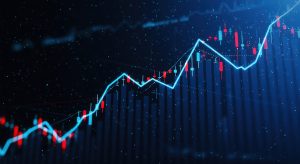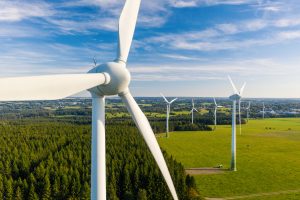2021 outlook

2020 is ending with some rays of hope. Three Covid-19 vaccines have been announced; increases in national
Net Zero
Net Zero
Climate crisis
1. An emphasis on ‘Impact’: 2020 was ESG, 2021 and beyond will be impact
2020 has seen “corporate purpose” become a mainstream narrative, with
Sustainability
With the strengthening of governmental policies on climate and ecological crises, we believe
Biodiversity
Natural capital
On the
Equity
We also anticipate a much greater focus in the
Credit
Sustainability
Equity
We’ve also seen a number of government Covid-19
Credit
Net Zero
2. The ‘just’ transition; inclusivity will dominate the green agenda as will the ‘S’ in ESG
With strong regulatory and policy tailwinds coming into all markets where
Net Zero
Gender equality is likely to benefit from a wholesale shift in investor focus in 2021, in the face of the Covid crisis. Women’s rights around the world have been set back, domestic abuse has increased, and many women have borne unequal loads relating to childcare in the face of lockdowns. With this in mind, we anticipate
Credit
Equity
3. China will begin to power ahead but the US will quickly re-focus after the last 4 years
We believe that China’s relative rise is inexorable and while tensions with the West will remain, there will continue to be significant investment opportunities. This is especially true within the world of
Sustainability
In the US, we believe that with a new President, a new narrative from the White House could foster some bi-partisan support for a stimulus bill that has “green” elements, not least given the employment imperative, since the renewables sector generates four times the number of new jobs in the US than the fossil fuel sector.
The role of the EU will be a focus given the relationships it has with both China and the US, and the leadership role the EU has taken on the
Sustainability
What these themes mean for Tribe portfolios
We’ve already positioned our portfolios to reflect our views and themes for 2021:
- Increased exposure to the US, especially within infrastructure (including water services) and the
supply chain. We expect these sectors to do well given the impending stimulus package and focus on a green recovery. However, we retain a sizable underweight to the US as a whole due to high valuations and maintenance of our limited exposure to FAANG stocks. US stock markets are skewed towards big tech names which we believe should perform less well relatively in the post-Covid economic recovery period and may also be subject to greater regulatory scrutiny.
Renewable energy
Energy production technology that relies on unlimited natural sources, such as wind and solar. - Retained overall overweight to “growth” stocks and emphasis on companies with focus on impact that will benefit from direct policy support and continued consumer choice trends. We remain sanguine on the risks of a material rise in expectations in the short term; however, we continue to guard against this risk with a strong focus on increasing diversification within our portfolios, for example within our alternatives where we have significant exposure to index-linked revenues.
- Growing exposure to China, moving to a small overweight (constrained somewhat by our comfort levels around corporate governance in the country). China has already surpassed its previous levels of pre-Covid GDP and we see continued momentum with further scaling up of technological investments to reduce reliance on the US and great potential from the 2060 carbon neutral declaration made in September.
In January we’ll get a steer on the progress of the Covid-19 vaccine roll out and whether full economic openings are possible or to be risked. The pace of actual recovery may depend on the willingness of consumers to spend some of the savings that have been accumulated during the lockdowns, which may depend on employment and confidence. The role of key government and the stimulus programmes will therefore remain of fundamental importance throughout 2021.





